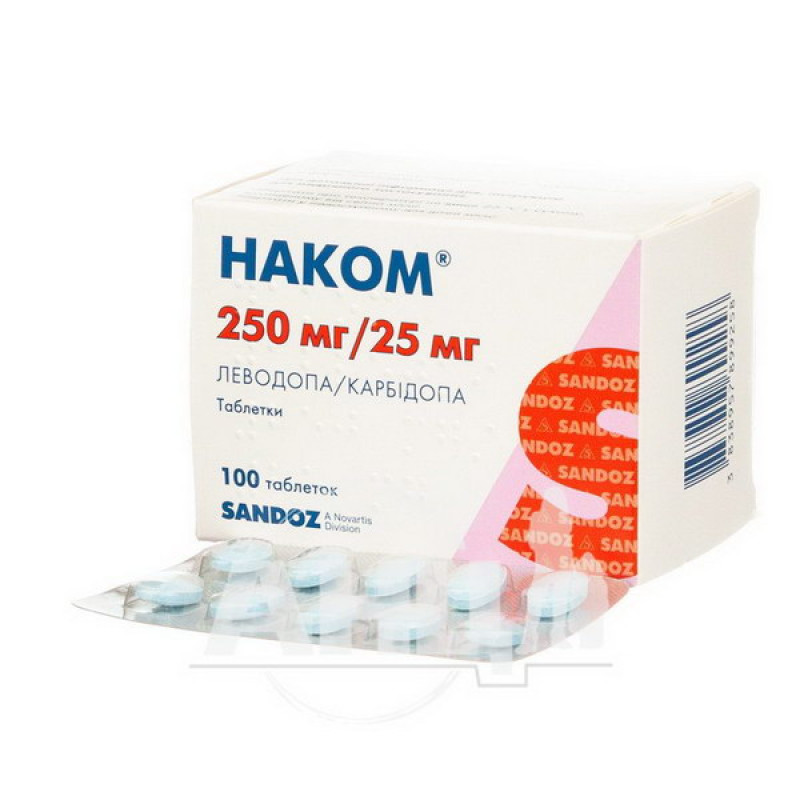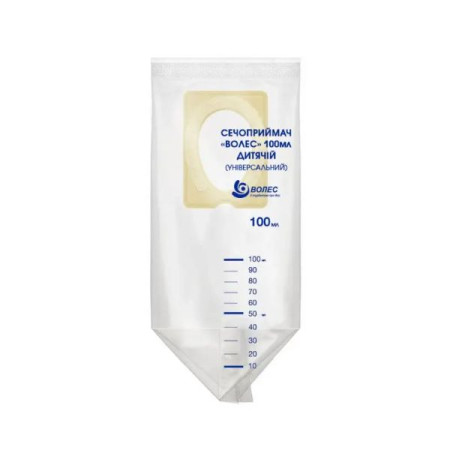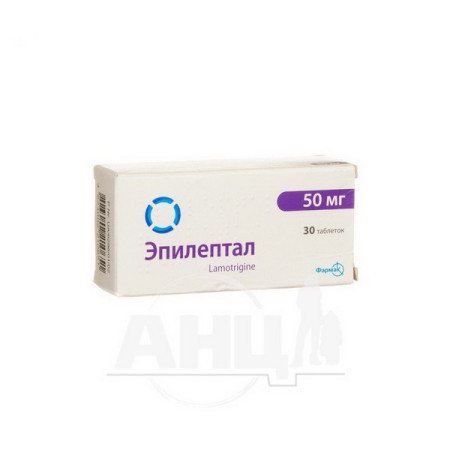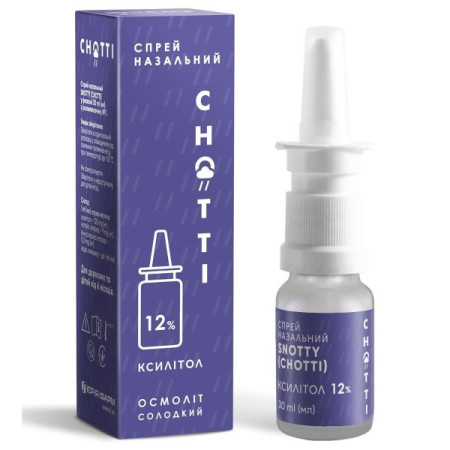Nakom tablets blister No. 100

Pharmacological properties
Pharmacodynamics. Nakom is a combined antiparkinsonian drug containing the metabolic precursor of dopamine - levodopa and the inhibitor of peripheral dopa decarboxylase - carbidopa.
The symptoms of Parkinson's disease are thought to be caused by a lack of dopamine. Normally, dopamine functions as a neurotransmitter and is produced in certain brain cells that control muscle activity. Movement disorders are thought to be a result of dopamine deficiency.
The antiparkinsonian effect of levodopa is due to its conversion into dopamine by decarboxylation directly in the CNS, which eliminates the deficiency of dopamine in nerve cells.
Carbidopa, which does not penetrate the blood-brain barrier, prevents the extracerebral decarboxylation of levodopa, due to which the entry of levodopa into the brain and its conversion to dopamine in the CNS increases, which leads to a decrease in the severity of Parkinson's disease symptoms in many patients.
Pharmacokinetics. Levodopa is rapidly absorbed from the gastrointestinal tract and metabolized. It is mainly converted to dopamine, adrenaline and noradrenaline and ultimately to hydroxyphenylacetic, homovanillic and vanillylmandelic acids. 3-O-methyldopa is found in blood plasma and cerebrospinal fluid. T ½ of levodopa from blood plasma is about 50 min. With the combined use of carbidopa and levodopa, T ½ of levodopa increases to 1.5 h. All metabolites of carbidopa and levodopa are excreted in the urine.
Indication
Parkinson's disease and syndrome.
Application
The dosage regimen is set individually, depending on the severity of the disease, concomitant pathology and therapeutic effect for adult patients who have previously been treated with the drug. If necessary, the tablets can be divided in half along the dividing line. To achieve the optimal effect, it is better to take the drug daily, without taking a break in use.
Patients who have not previously received levodopa. For patients starting NAKom, the initial dose is ½ tablet 1 or 2 times a day after meals. However, this may not provide the required amount of carbidopa for many patients, so to achieve the optimal effect of treatment, the dose can be increased gradually by adding ½ tablet every day or every other day. The therapeutic effect is manifested within 1 day, sometimes after a single dose. The optimal effect is usually achieved within 7 days compared to weeks or months with levodopa alone.
Patients taking levodopa. Levodopa should be discontinued at least 12 hours (24 hours for slow-release levodopa) before starting therapy with NAK. The daily dose should provide approximately 20% of the previous daily levodopa dose.
Initial dose. For patients receiving less than 1500 mg of levodopa per day, the initial daily dose should be 75-100 mg of carbidopa and 300-400 mg of levodopa in 3-4 doses (use a drug with a carbidopa/levodopa ratio of 1: 4, i.e., with a dosage of 25 mg/100 mg).
For patients taking more than 1500 mg of levodopa per day, the initial dose of NAKom should be 1 tablet 3-4 times a day.
Maintenance dose. Therapy with the combined drug NAKom should take into account the individual characteristics of patients, the dosage may gradually change depending on the therapeutic effect.
If a larger amount of levodopa is required, the dose of the drug can be increased by ½ or 1 tablet each subsequent day to the maximum daily dose of 200 mg of carbidopa and 2 g of levodopa (8 tablets in 3-4 doses) for patients weighing 70 kg.
When transferring a patient from levodopa to NAKom in combination with other decarboxylase inhibitors, their use should be discontinued at least 12 hours before starting NAKom.
The combination of the drug with MAO-B inhibitors can increase the effectiveness of the drug NAKom in controlled cases of akinesia and/or dyskinesia.
For patients taking other antiparkinsonian drugs simultaneously with NAK, it may be necessary to adjust the dose of these drugs.
Elderly patients: the drug is used in elderly patients.
Contraindication
Hypersensitivity to the active substance or any of the excipients of the drug. severe psychoses. severe hepatic and renal insufficiency. severe heart failure. severe cardiac arrhythmia. acute stroke. conditions in which adrenergic agents are contraindicated (e.g. pheochromocytoma, hyperthyroidism, Cushing's syndrome). suspicious undiagnosed skin lesions (dermatoses) or a history of melanoma. angle-closure glaucoma. simultaneous use of selective MAO inhibitors type A and non-selective MAO inhibitors (except for low doses of individual MAO-B inhibitors); the use of non-selective MAO inhibitors and selective MAO inhibitors type A should be discontinued at least 2 weeks before prescribing the drug.
Side effects
Other serious side effects are mental changes, including paranoid thinking and psychosis, depression with or without suicidal tendencies, dementia. Cases of pathological excitement, increased libido and hypersexuality in patients have been reported, especially when used in high doses; these manifestations disappear when the dose is reduced or therapy is discontinued.
Other adverse reactions reported with levodopa or its combination with carbidopa are listed by organ system.
From the side of the central nervous system: bradykinetic episodes (on-off phenomenon), ataxia, asthenia, disorientation, numbness, hand tremor, muscle twitching, blepharospasm, trismus, euphoria, dizziness, drowsiness, including very rarely - excessive daytime sleepiness and sudden episodes of falling asleep, paresthesias, psychotic episodes, including delusions, nightmares, hallucinations and paranoid thinking, decreased ability to think, depression with or without the development of suicidal intentions, dementia, agitation, fear, confusion, insomnia, impaired motor coordination, fatigue, weakness, headache, respiratory depression, activation of latent Horner's syndrome, neuroleptic malignant syndrome, fainting, anorexia. Possible symptoms of impulse control disorder and compulsive behavior (overeating, oniomania, gambling addiction). Very rarely - seizures.
Cardiovascular system: heart rhythm disturbances/palpitations, orthostatic effects, including hypotension, hypertension, chest pain, phlebitis.
Respiratory: shortness of breath, abnormal breathing.
Gastrointestinal tract: nausea, vomiting, diarrhea, constipation, abdominal pain, dark saliva, dyspepsia, dryness and bitter taste in the mouth, hypersalivation, dysphagia, bruxism, hiccups, gastrointestinal bleeding, flatulence, burning sensation of the tongue, development of duodenal ulcer.
Metabolic disorders: weight gain or loss, edema.
Skin and subcutaneous tissue disorders: flushing of the face, increased sweating, dark sweat, hair loss, rash, itching.
Allergic reactions: angioedema, urticaria, Schönlein-Henoch disease.
From the urinary system: urinary retention, urinary incontinence, dark urine, priapism.
Blood disorders: leukopenia, hemolytic and non-hemolytic anemia, thrombocytopenia, agranulocytosis.
On the part of the organ of vision: diplopia, mydriasis, oculomotor crisis, blurred vision.
Others: general weakness and malaise, gait disturbance, hoarseness, hot flashes, shortness of breath, malignant melanoma.
Laboratory indicators: increased liver function tests such as ALT, ALT, LDH, bilirubin, blood urea nitrogen, creatinine, uric acid, positive Coombs test.
Rarely, decreased hemoglobin and hematocrit, increased plasma glucose levels, leukocytosis, bacteriuria, and hematuria were noted.
Special instructions
The drug should not be used to treat extrapyramidal reactions resulting from the use of medications.
The drug should be prescribed with caution to patients with severe diseases of the cardiovascular system and lungs, bronchial asthma, diseases of the kidneys, liver and endocrine system, with a history of peptic ulcer or seizures. NAK is also prescribed with caution to patients who have recently suffered a myocardial infarction, in the presence of atrial, nodal or ventricular arrhythmia. In such patients, it is necessary to monitor the condition of the cardiovascular system, especially when determining the initial dose.
Patients should be closely monitored for the development of depression with concomitant suicidal thoughts. Patients with psychosis (including a history) require special attention.
NAKom, like other levodopa preparations, may cause involuntary movements and mental disorders. It is assumed that such reactions are due to an increase in dopamine concentration in the brain after levodopa administration. A dose reduction may be necessary.
Patients with chronic open-angle glaucoma should be prescribed the drug with caution, subject to constant monitoring of intraocular pressure and careful observation of its changes during treatment.
With abrupt withdrawal of the drug, a complex of symptoms similar to neuroleptic malignant syndrome with manifestations of muscle rigidity, hyperthermia, mental changes and increased plasma CPK levels has been noted. Careful monitoring of the condition of patients who are reducing the dose of the drug or its withdrawal is necessary, especially if the patient is simultaneously using neuroleptics.
During long-term treatment, it is necessary to periodically monitor the functional state of the liver, kidneys, cardiovascular system and hematopoietic system.
Carbidopa and levodopa preparations may cause a false-positive reaction for ketone bodies in urine when using a dipstick to detect ketonuria. This reaction is not altered by boiling urine samples.
False negative results may be obtained when using the glucose oxidase method of testing for glycosuria.
Use during pregnancy or breastfeeding. The effect of the drug on the course of pregnancy is unknown, however, both levodopa and its combination with carbidopa caused malformations of the internal organs and skeleton of the fetus in an experiment on animals. Therefore, the drug should not be used during pregnancy.
If it is necessary to use the drug during breastfeeding, breastfeeding should be discontinued for the period of treatment.
Children. The safety and effectiveness of the drug in children have not been established, so it is not recommended for patients under 18 years of age.
Ability to influence the reaction rate when driving or operating other mechanisms. Given that adverse reactions may occur when using the drug (dizziness, hallucinations, uncontrolled movements, drowsiness, sudden sleep onset, visual disturbances), while taking the drug you should refrain from driving vehicles and performing other work that requires concentration.
Interactions
Antihypertensives. Orthostatic hypotension may occur in patients taking antihypertensives concomitantly with Nakom. Dose adjustment of the antihypertensive may be required.
Antidepressants: There have been isolated reports of adverse reactions, including hypertension and dyskinesia, caused by the concomitant use of tricyclic antidepressants and NAKom (for patients taking MAO inhibitors).
Iron. A decrease in the bioavailability of the active ingredients of the drug NAKom has been shown when used with ferrous sulfate or ferrous gluconate.
Anesthetics: Concomitant use of anesthetics may cause arrhythmia.
Anticholinergics. May act synergistically with levodopa to reduce tremor, but may increase involuntary movements. In high doses, they may also reduce the beneficial effects of levodopa by slowing its absorption.
Other drugs: Dopamine D2 receptor antagonists (e.g. phenothiazines, butyrophenones and risperidone) and isoniazid may reduce the therapeutic effect of levodopa.
The positive effect of the drug NAKom in Parkinson's disease may be reversible when using phenytoin and papaverine.
Concomitant therapy with selegiline may lead to severe orthostatic hypotension, which is not characteristic of NAKom.
Because levodopa competes with some amino acids, levodopa absorption may be impaired in patients on a high-protein diet.
The effect on the bioavailability of levodopa when used simultaneously with antacids has not been studied.
It is possible to use NAK simultaneously with products containing vitamin B6 (pyridoxine hydrochloride).
Overdose
Symptoms: heart rhythm disturbances, involuntary movements, blepharospasm.
Treatment is symptomatic. Pyridoxine (vitamin B6) is ineffective in preventing the drug's effects.
ECG monitoring and careful monitoring of the patient for the possibility of arrhythmia development are necessary. It should also be taken into account that the patient may be taking other medications along with NAKom. There is no experience with dialysis.
Storage conditions
At a temperature not exceeding 25 °C in a dry place, protected from light.
There are no reviews for this product.
There are no reviews for this product, be the first to leave your review.
No questions about this product, be the first and ask your question.
















